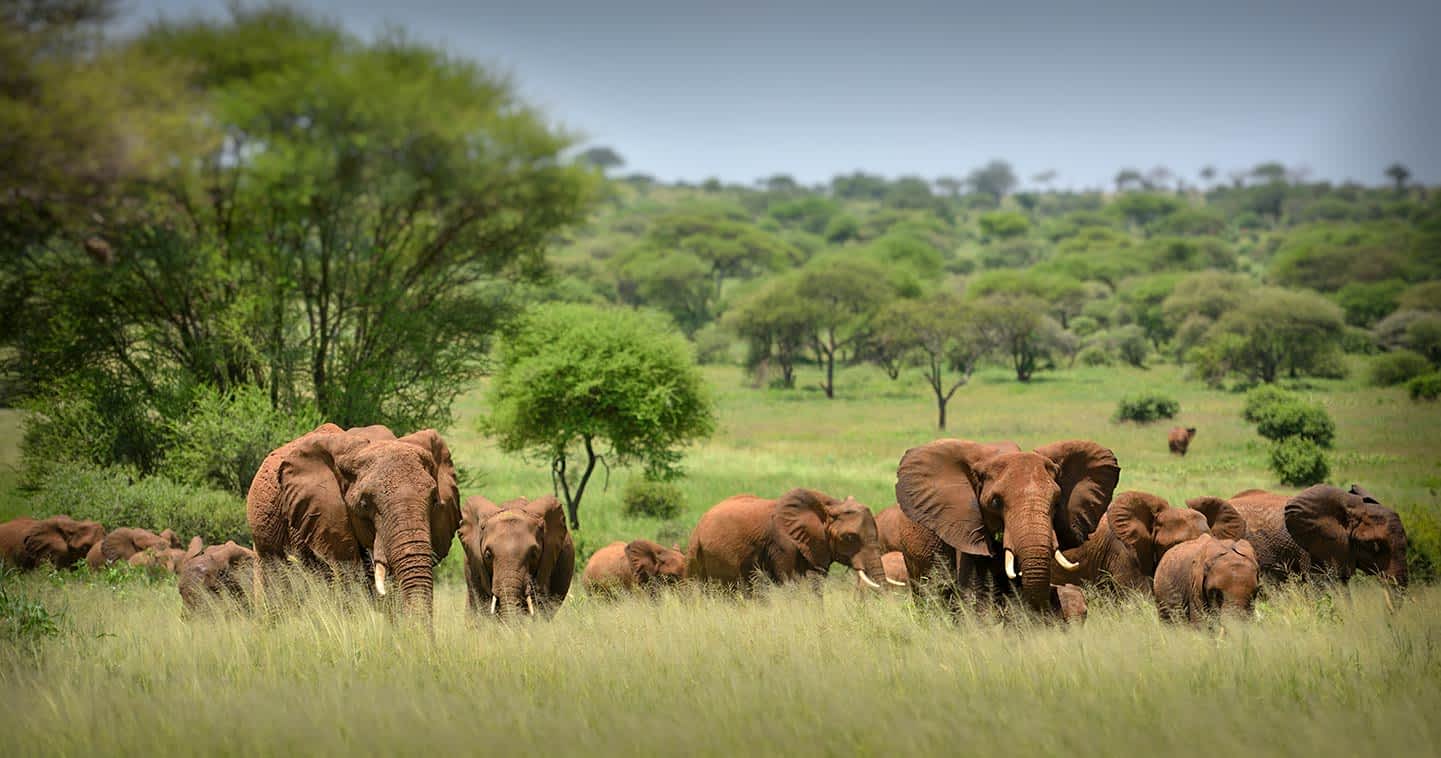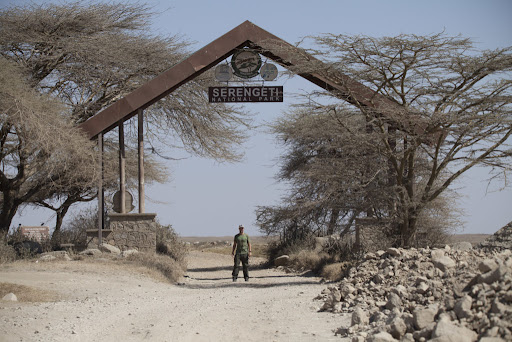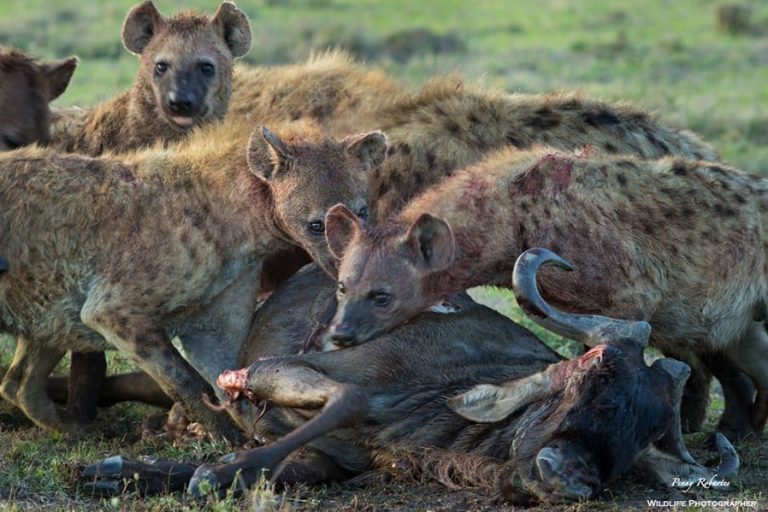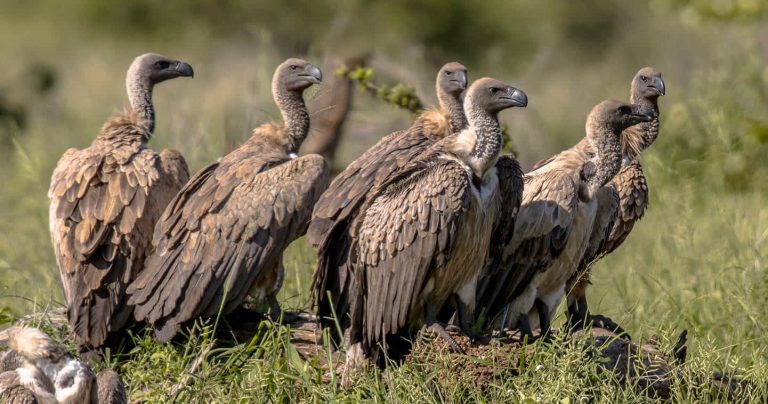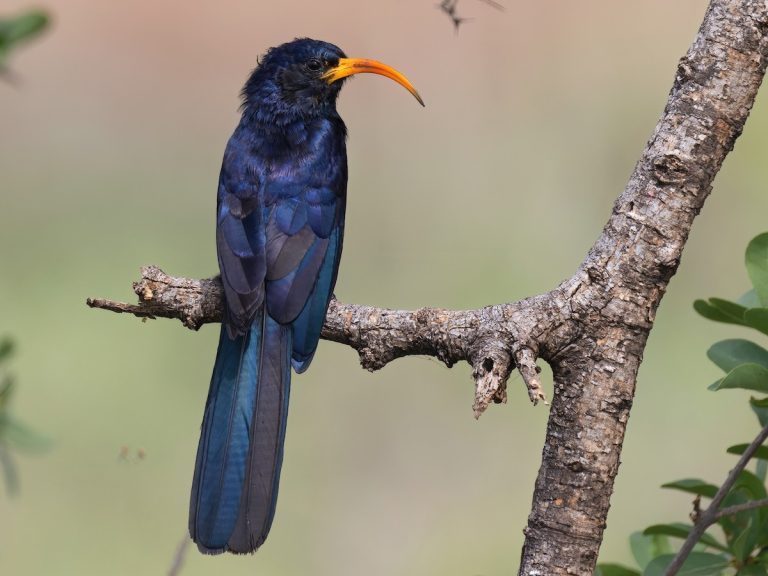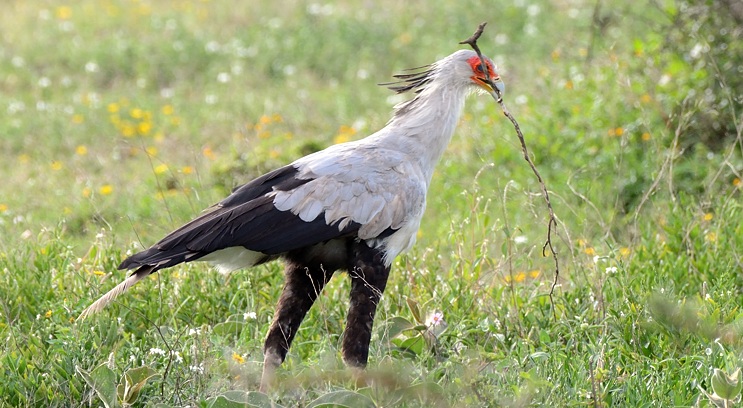Introduction: The Gentle Giants of the Serengeti
The African elephant (Loxodonta africana) is one of the most iconic species of the Serengeti, embodying the spirit of the wild with its sheer size, intelligence, and complex social behaviors. These gentle giants roam the vast plains in search of food, water, and companionship, forming intricate family structures that rival even those of primates in complexity.
In this article, we explore the hidden lives of Serengeti’s elephants—their deep social bonds, remarkable intelligence, and the grand migrations that sustain their way of life.
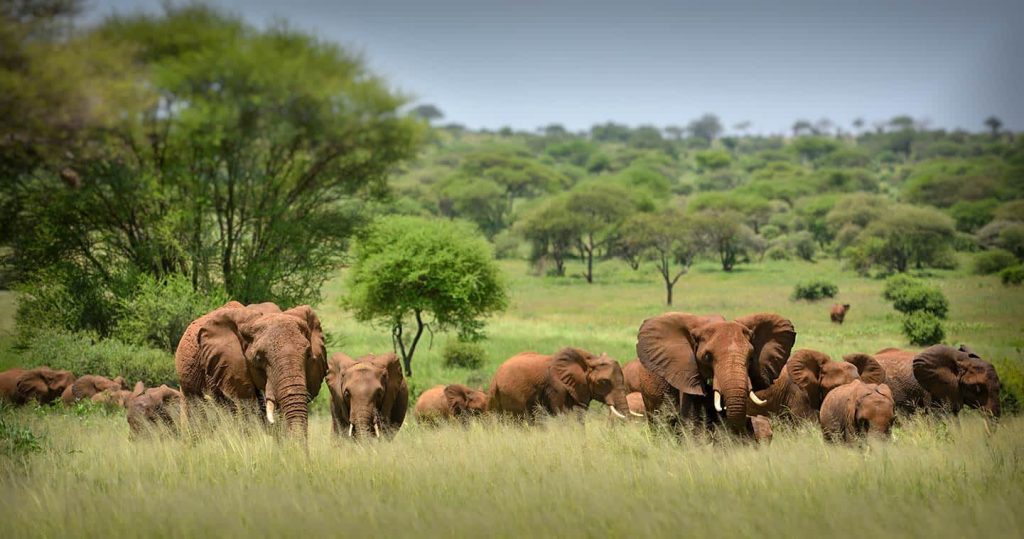
Elephant Society: A World of Family and Friendship
Elephants are highly social animals that rely on strong family ties to navigate their environment. Their herds are led by a matriarch, an experienced female who guides her family through the challenges of the wild.
1. The Matriarch’s Role
- The matriarch is the oldest and wisest female in the herd.
- She uses her memory to recall water sources, migration routes, and danger zones.
- Younger elephants rely on her for guidance, protection, and leadership.
2. Motherhood and Calf Rearing
- Elephant mothers have a 22-month gestation period—the longest in the animal kingdom.
- Newborn calves are protected by the entire herd, a behavior known as allomothering.
- Young elephants learn essential survival skills from their elders, including how to use their trunks, communicate, and forage.
3. Male vs. Female Social Structure
- While females stay in close-knit family groups for life, males leave the herd upon reaching adolescence.
- Male elephants, or bulls, often form loose bachelor groups or live solitary lives.
- They engage in sparring matches to establish dominance, particularly during musth, a period of heightened testosterone and aggression.
The Astonishing Intelligence of Elephants
Elephants are among the most intelligent creatures on Earth, displaying problem-solving skills, emotional depth, and even self-awareness.
1. Communication and Vocalizations
- Elephants use a combination of rumbles, trumpets, and infrasonic sounds to communicate across vast distances.
- They can detect vibrations through the ground, allowing them to “hear” approaching storms or distant herds.
- Their ability to express joy, sorrow, and grief mirrors human emotions.
2. Memory and Learning
- The phrase “an elephant never forgets” holds truth—elephants can remember locations, faces, and experiences for decades.
- They can recognize old acquaintances even after years apart.
- Learning from past experiences helps them avoid danger and locate resources.
3. Tool Use and Problem Solving
- Elephants use branches as fly swatters and dig wells for water.
- They have been observed opening gates, unlocking chains, and even mimicking human speech.
- Problem-solving skills enable them to adapt to environmental challenges.
The Grand Migrations: Following Ancient Paths
The Serengeti elephants are not sedentary creatures; they embark on vast migrations in search of food and water, following paths etched into the landscape by their ancestors.
1. Seasonal Movements
- During the dry season, elephants travel long distances to reach permanent water sources such as the Grumeti and Mara Rivers.
- In the wet season, they disperse across the plains to take advantage of fresh vegetation.
2. Memory-Driven Journeys
- Matriarchs lead their herds based on generational knowledge of migration routes.
- They recall distant waterholes, safe resting places, and avoid human settlements.
3. Human-Wildlife Conflict and Conservation Challenges
- Expanding human settlements and agricultural activities disrupt traditional migration corridors.
- Elephant-human conflicts arise when elephants raid crops or enter villages.
- Conservation efforts focus on creating wildlife corridors and reducing conflict through sustainable solutions.
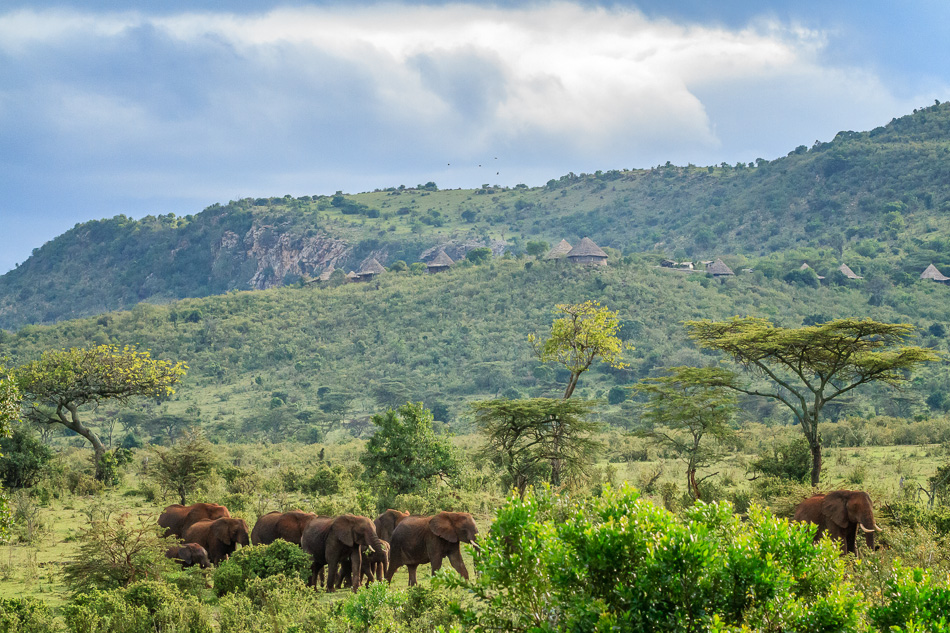
The Future of Serengeti’s Elephants
Despite their grandeur, elephants face numerous threats, from poaching to habitat loss. Conservationists work tirelessly to protect these incredible creatures, ensuring they continue to roam the Serengeti for generations to come.
Ways to Help Protect Elephants
- Supporting anti-poaching initiatives and wildlife sanctuaries.
- Promoting responsible ecotourism.
- Advocating for stronger conservation policies and protected migration routes.
Conclusion: The Majesty of Serengeti’s Elephants
Serengeti’s elephants are more than just massive herbivores; they are intelligent, emotional, and deeply connected to their environment. Their complex societies, remarkable memories, and grand migrations make them one of the most fascinating species on Earth.
For travelers and wildlife enthusiasts, witnessing these gentle giants in their natural habitat is an unforgettable experience—one that serves as a reminder of the Serengeti’s untamed beauty and the need to protect it.

